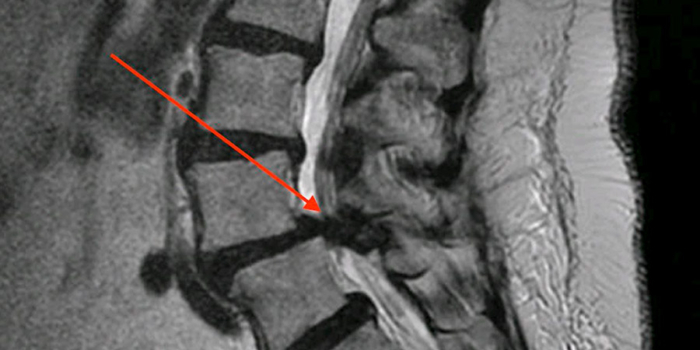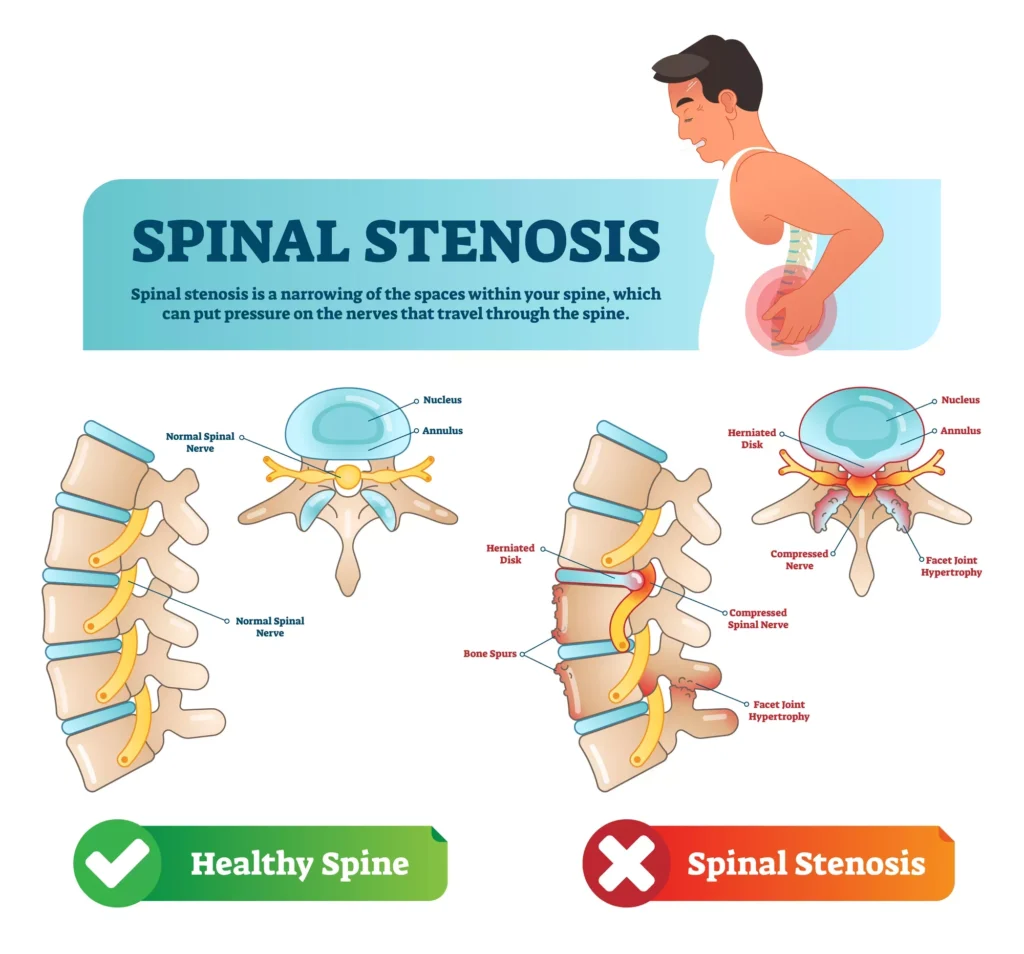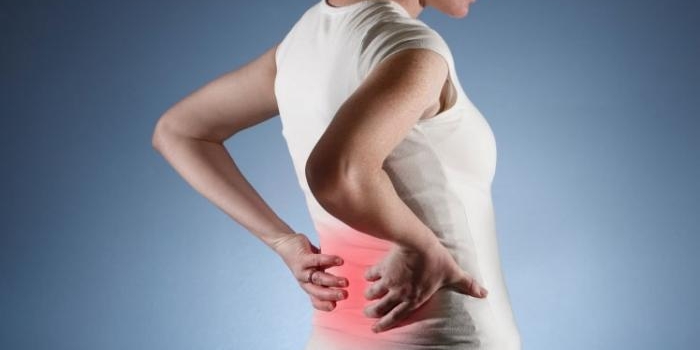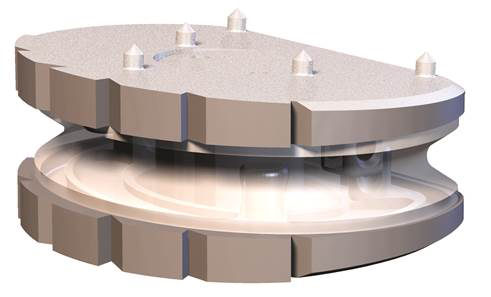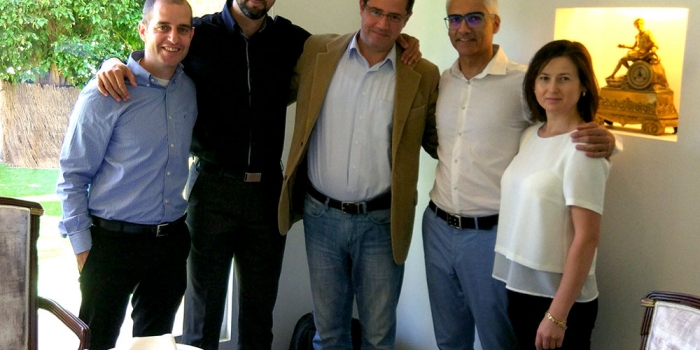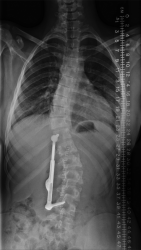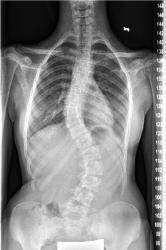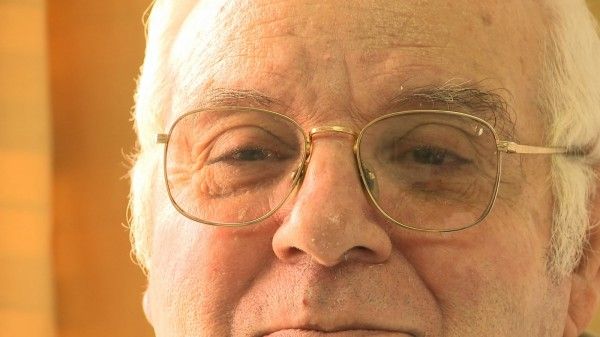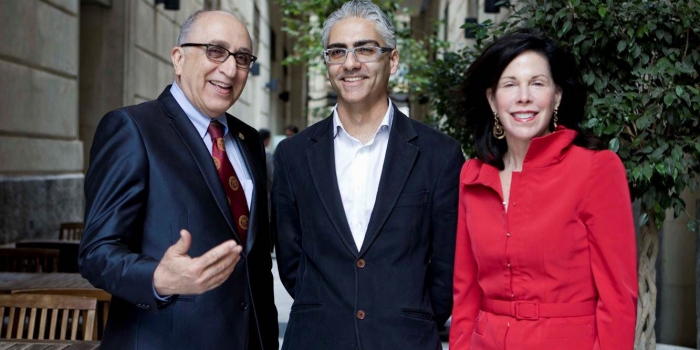A few days ago, we discussed the Hidden Dangers of Stretching as the sole treatment for back problems. It wouldn’t be fair to overlook the therapeutic value of these techniques when used correctly.
The Therapeutic Applications of Stretching
While it’s crucial to acknowledge the potential downsides of over-reliance on stretching for back pain, it’s equally important to recognize its therapeutic value when applied appropriately. Stretching can be a valuable tool in managing specific musculoskeletal conditions, particularly muscle spasms and stiffness.
Stretching for Muscle Spasms
Muscle spasms, characterized by involuntary muscle contractions, are a common cause of back pain. These spasms often arise from a combination of predisposing factors, such as muscle weakness or poor motor control, and triggering events, such as joint overload, disc pathology, or stress. The involuntary contraction serves as a protective mechanism to stabilize the affected area.
In the acute phase of a muscle spasm, stretching, along with local heat application, can provide effective relief and facilitate relaxation. Stretching helps to reduce muscle tension, improve blood flow, and restore normal muscle length. Once the acute pain subsides, a comprehensive rehabilitation program, including therapeutic exercise and biofeedback, can be initiated to address the underlying causes and prevent recurrence.
Stretching for Muscle Stiffness
Muscle stiffness, often resulting from prolonged immobilization, is another condition where stretching plays a vital role. Immobilization, whether due to bracing, casting, or prolonged bed rest, can lead to adaptive shortening of muscles and restricted joint range of motion.
Stretching helps to restore muscle length, improve flexibility, and increase joint mobility. In post-surgical rehabilitation, where some degree of immobilization may be necessary, stretching is essential to regain functional range of motion and prevent long-term complications.
Stretching in the Context of Exercise
While the benefits of stretching after exercise are still debated, it’s widely accepted that stretching can be a useful tool for preventing muscle overload and promoting recovery. Incorporating stretching into a comprehensive exercise program can help maintain muscle flexibility and reduce the risk of injury.
Conclusion
Stretching, when applied judiciously and as part of a comprehensive treatment plan, can be a valuable therapeutic modality. It’s essential to differentiate between conditions that benefit from stretching and those that require a more active approach, such as muscle strengthening and myofascial release. By understanding the specific applications and limitations of stretching, we can optimize its benefits and avoid potential harm.



